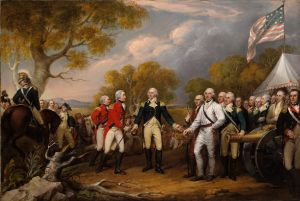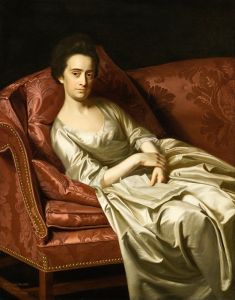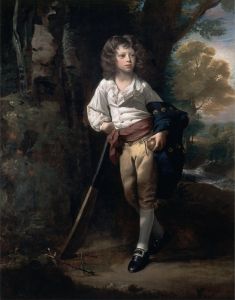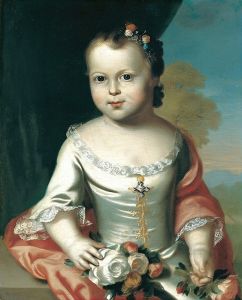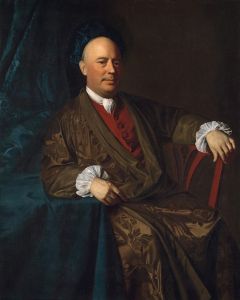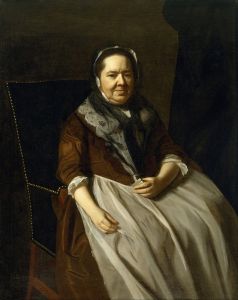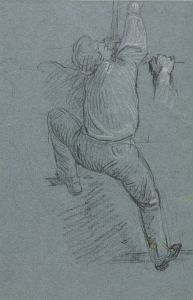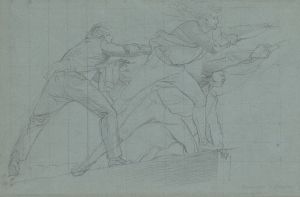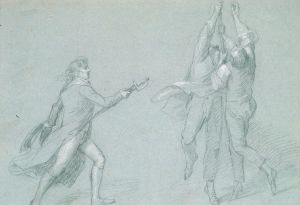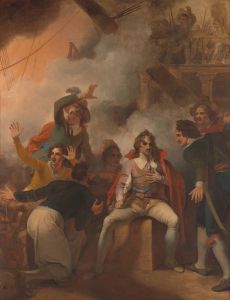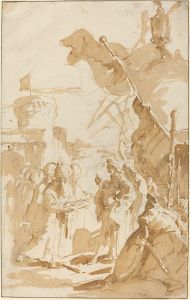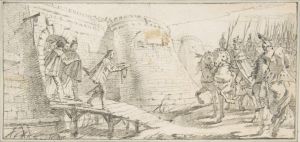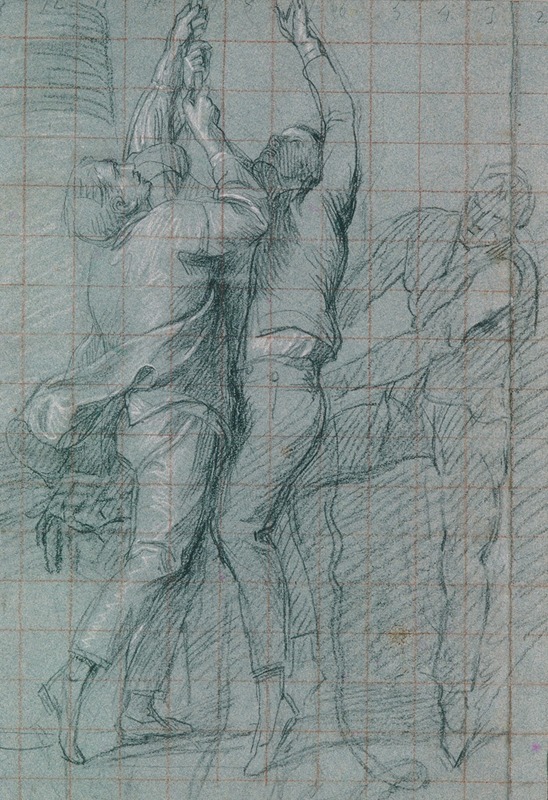
Study for ‘The Surrender of the Dutch Admiral De Winter to Admiral Duncan, October 11, 1797’; Three Figures Raising the Colors
A hand-painted replica of John Singleton Copley’s masterpiece Study for ‘The Surrender of the Dutch Admiral De Winter to Admiral Duncan, October 11, 1797’; Three Figures Raising the Colors, meticulously crafted by professional artists to capture the true essence of the original. Each piece is created with museum-quality canvas and rare mineral pigments, carefully painted by experienced artists with delicate brushstrokes and rich, layered colors to perfectly recreate the texture of the original artwork. Unlike machine-printed reproductions, this hand-painted version brings the painting to life, infused with the artist’s emotions and skill in every stroke. Whether for personal collection or home decoration, it instantly elevates the artistic atmosphere of any space.
John Singleton Copley, an American-born painter renowned for his portrait work and historical scenes, created the study titled "Study for ‘The Surrender of the Dutch Admiral De Winter to Admiral Duncan, October 11, 1797’; Three Figures Raising the Colors." This work is a preparatory study for a larger painting that depicts a significant naval event during the late 18th century.
The historical context of the painting centers around the Battle of Camperdown, which took place on October 11, 1797. This naval battle was a crucial engagement during the French Revolutionary Wars, where the British Royal Navy, under the command of Admiral Adam Duncan, faced the Dutch fleet commanded by Admiral Jan Willem de Winter. The battle resulted in a decisive victory for the British, significantly weakening the Dutch naval power and contributing to British naval dominance.
Copley's study focuses on a moment of surrender, capturing the dramatic and symbolic act of lowering the Dutch colors as a sign of defeat. The composition includes three figures engaged in the act of raising or lowering the flag, a gesture that signifies the transfer of power and the end of the battle. This study likely served as a preparatory work for Copley to explore the arrangement of figures, the interplay of light and shadow, and the emotional tone of the scene.
Copley was known for his meticulous attention to detail and his ability to convey the psychological depth of his subjects. In this study, he likely aimed to capture the tension and gravity of the historical moment, emphasizing the human element within the broader context of war and diplomacy. The figures in the study are rendered with a focus on their expressions and body language, which would have been crucial for conveying the narrative of surrender and the complex emotions associated with it.
The larger painting for which this study was prepared would have been intended for public display, serving both as a work of art and as a historical document. Such paintings were often commissioned to commemorate significant military victories and to celebrate national pride. Copley's work in this genre contributed to the visual documentation of historical events, providing contemporary audiences with a means of engaging with their recent past.
Copley's career spanned both sides of the Atlantic, as he worked in America before moving to England, where he continued to develop his style and reputation. His historical paintings, including the study of the surrender at Camperdown, reflect his interest in capturing pivotal moments of human experience, framed within the grand narratives of history.
Overall, "Study for ‘The Surrender of the Dutch Admiral De Winter to Admiral Duncan, October 11, 1797’; Three Figures Raising the Colors" exemplifies Copley's skill in historical painting, his attention to detail, and his ability to convey complex narratives through the depiction of human figures and their interactions.






